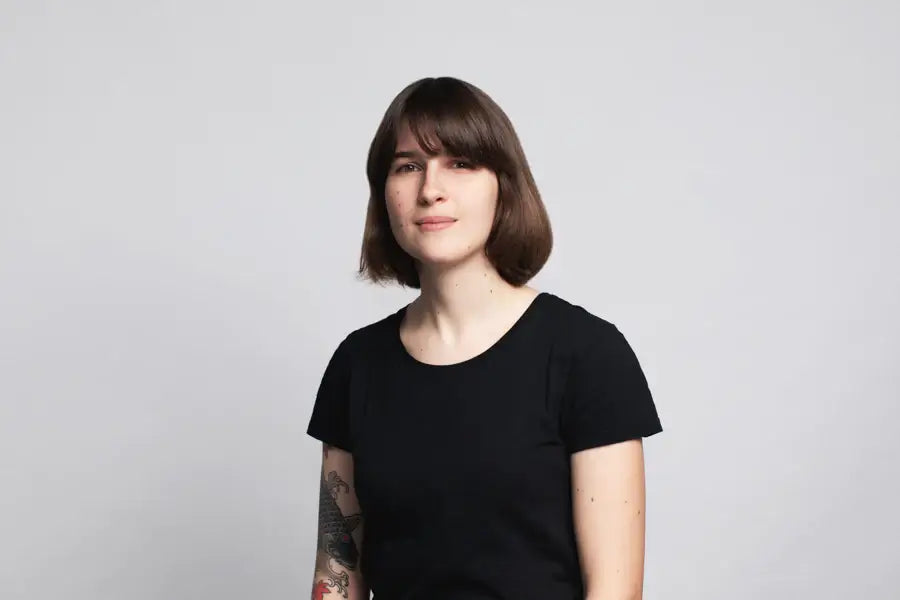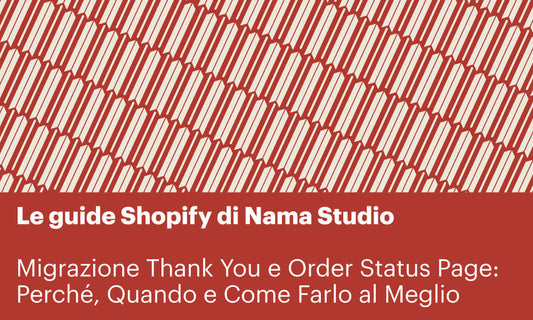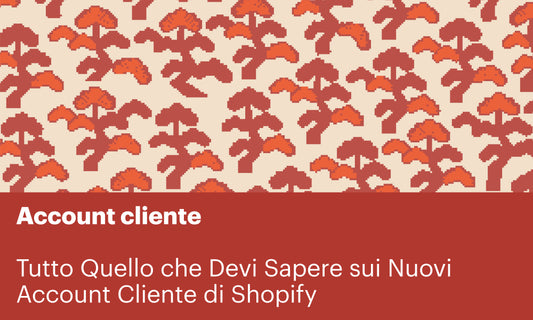Dalle Piane Cashmere is a brand that embodies the textile tradition of the city of Prato, Tuscany, with a special attention to its materials and sustainability. We had the pleasure to learn more about the story of the brand through a chat with Leonardo Dondini, with whom we have collaborated to launch the new online store of the brand.
NAMA:
The story of Dalle Piane Cashmere starts from the Dondini family, which for three generations has been handing down the textile craft from one generation to the next one. How does the story of your family intertwine with the story of your brand?
LEONARDO:
The name “Dalle Piane Cashmere” was born to pay tribute to where my family comes from: an area in the Tuscan/Emilian hills called “Le Piane”, from which “Dalle Piane”. The crown logo refers to the story of Prato, old Ghibelline town, whose main symbol is the Castello dell’Imperatore (Emperor’s Castle), built by Federico II di Svevia during the XIII century. The claim that accompanies the logo, “Nobiltà Artigiana” (artisanal nobility), aims at highlighting the high quality and elegance of the material used for our products, cashmere, and the artisanal production process, which represents the ethical side of our products.

NAMA:
Dalle Piane Cashmere is based in Prato: how did the story of the city, and its textile tradition, influence the identity and development of your brand?
LEONARDO:
The story of my family is closely linked to Prato and its textile tradition: our adventure started with my grandfather, and then carried on by my father and uncle, and we’re now the third generation working in the field through my cousin and myself. The entrepreneurial project behind Dalle Piane Cashmere started from spinning (my grandfather), and then the knitwear factory (our parents) and now our generation is looking at selling internationally through online channels.
NAMA:
Leonardo, you grew up within your family textile tradition. How would you describe this world to our readers? What are the fundamental elements that contribute to the creation of a high-quality cashmere piece?
LEONARDO:
When I was a kid I dreamt of creating the “school of wool” and I’d spend my time playing at my grandfather’s spinning factory with spindles, bolls and cloths. Growing up in Prato I’ve always been exposed to the textile industry and to all those crafts that are part of it: the decision of working in the field therefore came naturally.
There are four steps involved in the cashmere production: the harvest, the sorting, the shearing and the spinning. The harvest is done through manual combing, during the natural seasonal shedding of the animal, in late spring. Also sorting and shearing are done manually. After sorting it depending on its characteristics, the fiber is then washed to remove dirt, fat and any vegetable remains. After this step, the fiber is ready to become a yarn. At Dalle Piane Cashmere make two-ply yarns that ensure stability, resistance to washing and less pilling.

NAMA:
Dalle Piane Cashmere is strongly committed to its sustainability: what projects and initiatives are you undertaking to reduce the environmental impact of your business? What are the main challenges and achievements you have experienced in this field?
LEONARDO:
Since 2015 in Dalle Piane we have enforced some good practices to make our production and products life cycle as sustainable as possible. Our products are rigorously 100% Made in Italy. We select the cashmere from local suppliers that are able to guarantee their product quality and sustainability. The local production allows us to better oversee the product quality and build trustful relations with our suppliers. Since we started our online store, we decided to produce just as much as needed, through a just-in-time production process focused on reducing the surplus production as much as possible. This allows us, on one hand, to better manage our resources avoiding the accumulation of stock, but also to avoid wasting raw materials and generating much production scrap. Reducing the risk of unsold products allows us to offer our products for a competitive and stable price to our customers, offering them the certainty and the pleasure of wearing pieces that have just been made.
From the desire of creating a sustainable production starts Dalle Piane Recycled, a collection that uses regenerated cashmere, inspired by the recycling textile tradition in Prato. A production model based on the recycling of old garments and production waste destined to be spun to create a new fabric ("carded wool"), thus allowing textile manufacturers to optimize processes and save on energy, water and chemical costs.

NAMA:
You have recently added linen to your collections: how did this idea come up and how did you develop this new line?
LEONARDO:
We wanted to make some products that could be used during warmer months, and we decided to use linen because it is a sort of “summer cashmere”. Linen has a very ancient history: the first archeological finds that show that linen was cultivated and used to make fabrics date back to 8000 a.C. The first civilization that used linen systematically was the Egyptians: linen was in fact considered a noble yarn used by the richest people to embalm mummies. Nowadays linen is still considered a refined textile, used in summer fashion for its natural lightness and breathable texture. As a completely plant-based yarn, linen is good for the planet. In fact, its cultivation enriches the soil where it grows, and furthermore it doesn’t require artificial irrigation or pesticides. Buying linen is a sustainable and ethical choice.
NAMA:
One last question: is there any brand with similar values to yours you’d like to recommend to our readers? Where do you usually shop for clothes?
LEONARDO:
All brands selling products that are Made in Italy are part of an ecosystem we strongly support, that revolves around the globally-recognized style and quality of the pieces that only Italian artisans can create. I buy from artisanal and handcrafted brands myself: I like to buy pieces where the first choice that needs to be made is about the textile itself. I also buy online since the beginning of the 2000s: I’ve seen a startup like Yoox becoming a global platform. I still use it, but I am very careful when I read the technical characteristics of the textiles and the country of origin of the pieces I buy.
-
If you are considering using Shopify for your online store, you can subscribe here for a free trial or email us at info@namastudio.it




